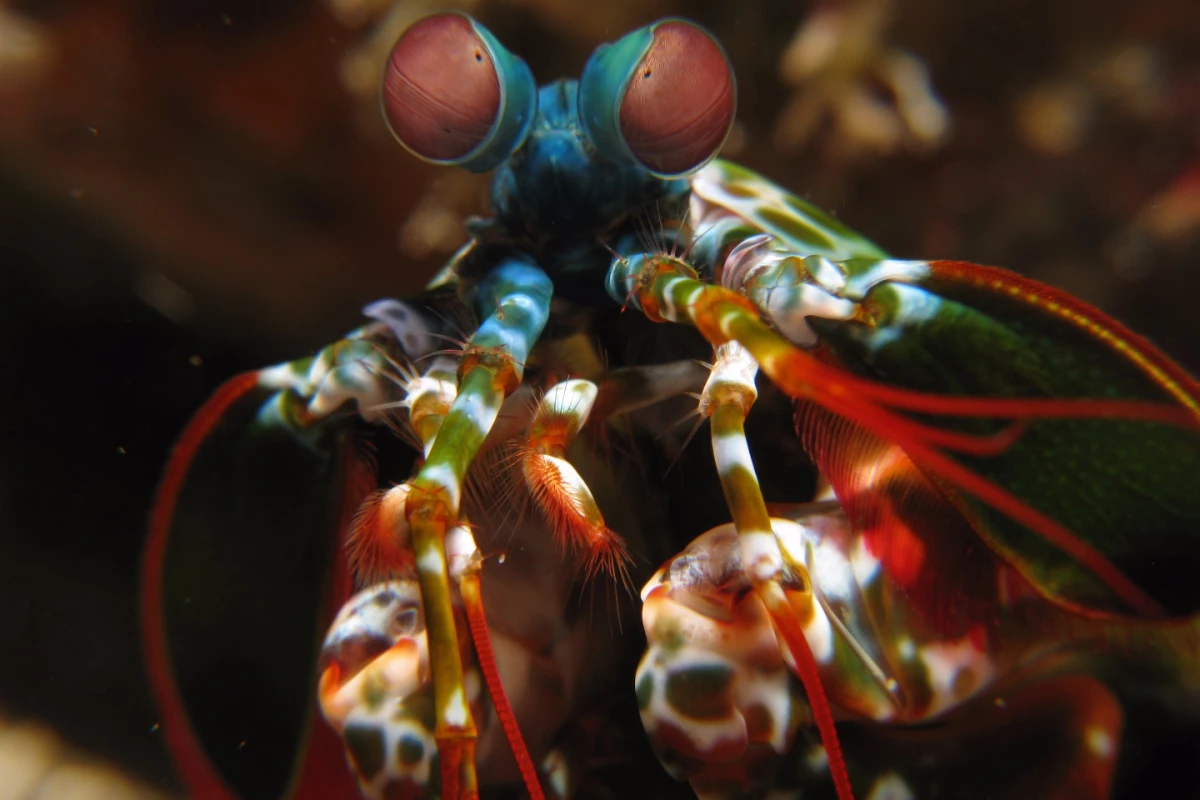The study of an unusual communication method used by mantis shrimp has provided an unexpected insight that could lead to a new take on optical devices used in many consumer products, from sunglasses to cameras. The study, which was led by researchers at the University of Bristol in the United Kingdom, successfully revealed the mechanism by which the little crustaceans are able to manipulate the polarization of light.
Carefully studying nature can providegreat ideas for potential future innovations. In the past, we've seeneverything from boxfish shells being used as inspiration for better body armor, to the coiling motion of boa constrictors inspiring soft robotic grippers for use on remotely-operated aquatic roboticvehicles. Now, it seems that shrimp might provide the inspiration fora new way to create optical devices known as a polarizers, which are used in cameras and other devices.
The University of Bristol team setabout studying the mysterious light-based communications of the mantis shrimp – a species that's evolved bright reflectors that can controlthe polarization of light. It's certainly an unusual way foranimals to communicate, but it serves the shrimp well, allowingthem to avoid the unwanted attention of predators.
The researchers watched the shrimpcommunicating, carefully studying their anatomy, while takingdetailed measurements of the light. They combined that informationwith theoretical modeling to determine exactly how the littlecrustaceans are able to control light in such a way.
The findings revealed that the shrimpmanipulate light across the structure of their anatomy rather thanthrough depth, which is how polarizers typically work. The creatures'tiny, microscopically thin optical structures are able to producelarge, bright and highly colorful polarized signals, despite theirdiminutive nature.
According to the researchers, the new understanding could one day lead to big developments in numerousconsumer products that use polarizers, from cameras and DVD playersto sunglasses.
"When it comes to developing a newway to make polarizers, nature has come up with optical solutions wehaven't yet thought of," said team member Dr. Nicholas Roberts."Industries working on optical technologies will be interested inthis new solution mantis shrimp have found to create a polarizer asnew ways for humans to use and control light are developed."
The research was published in thejournal Scientific Reports.
Source: University of Bristol




